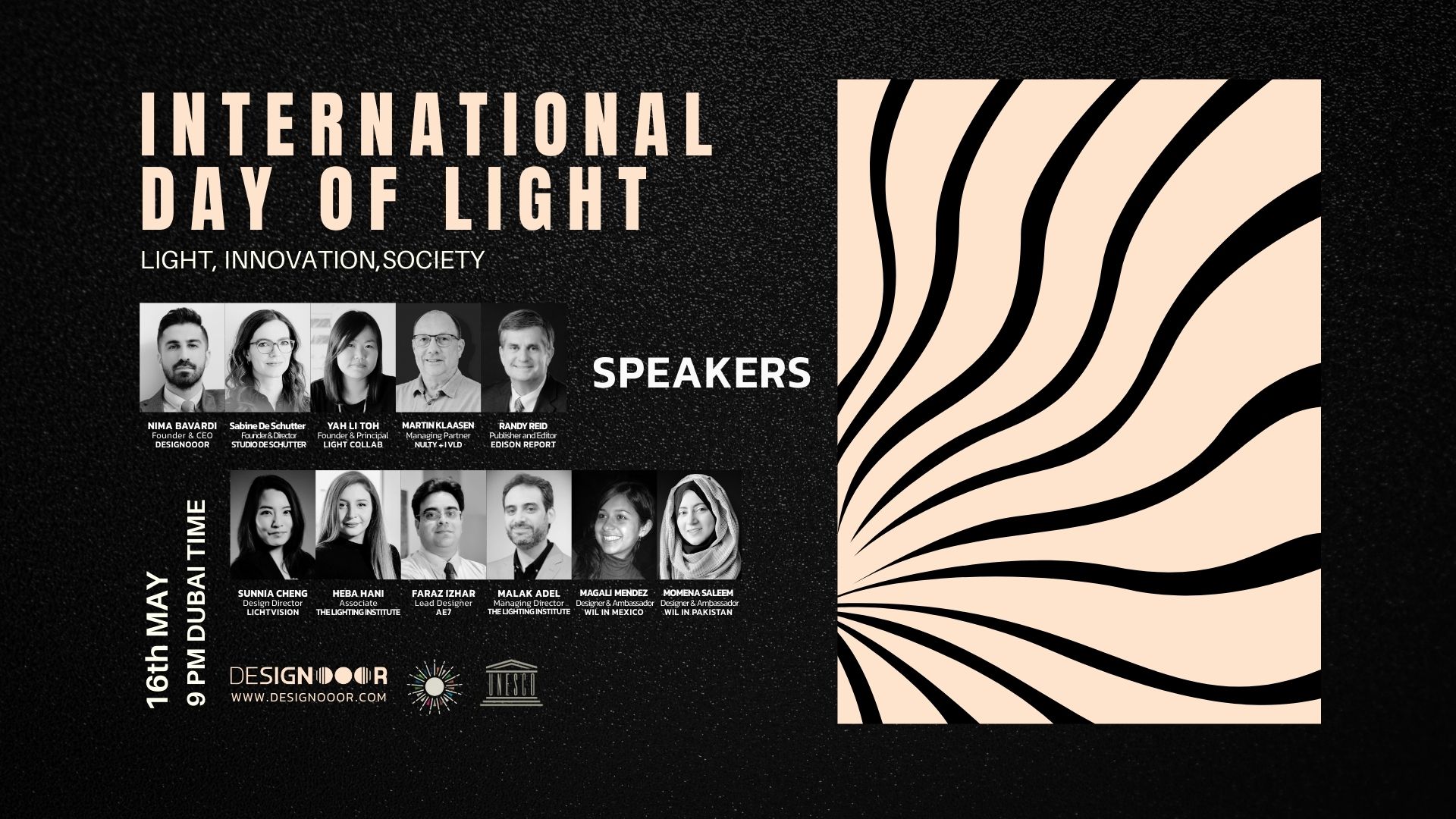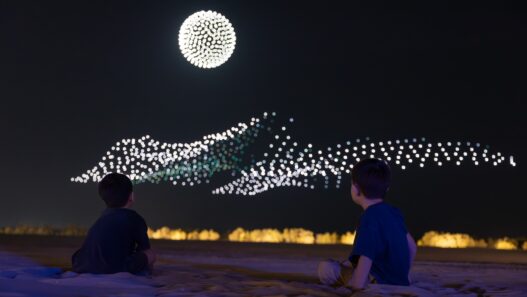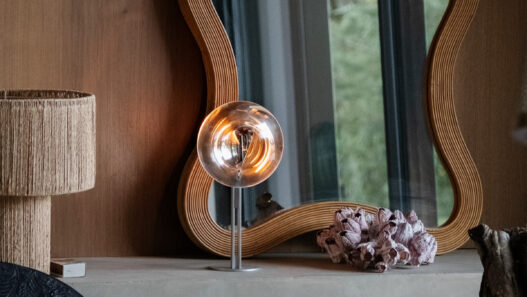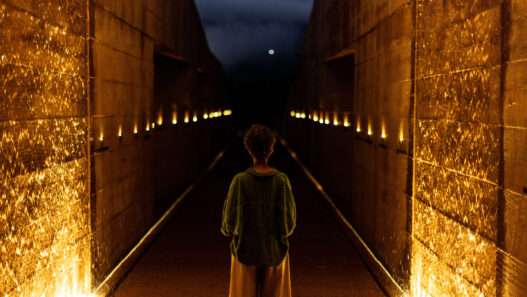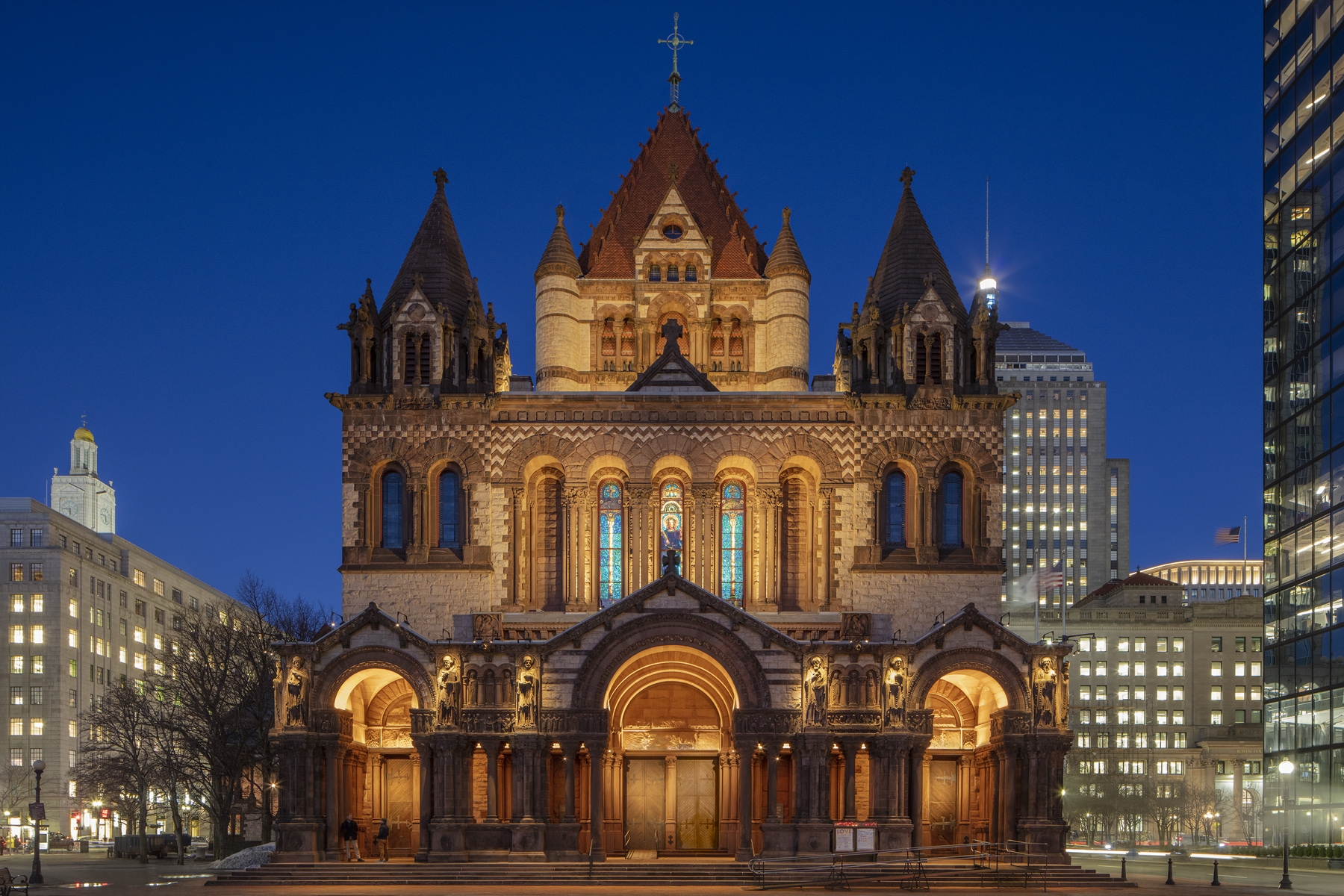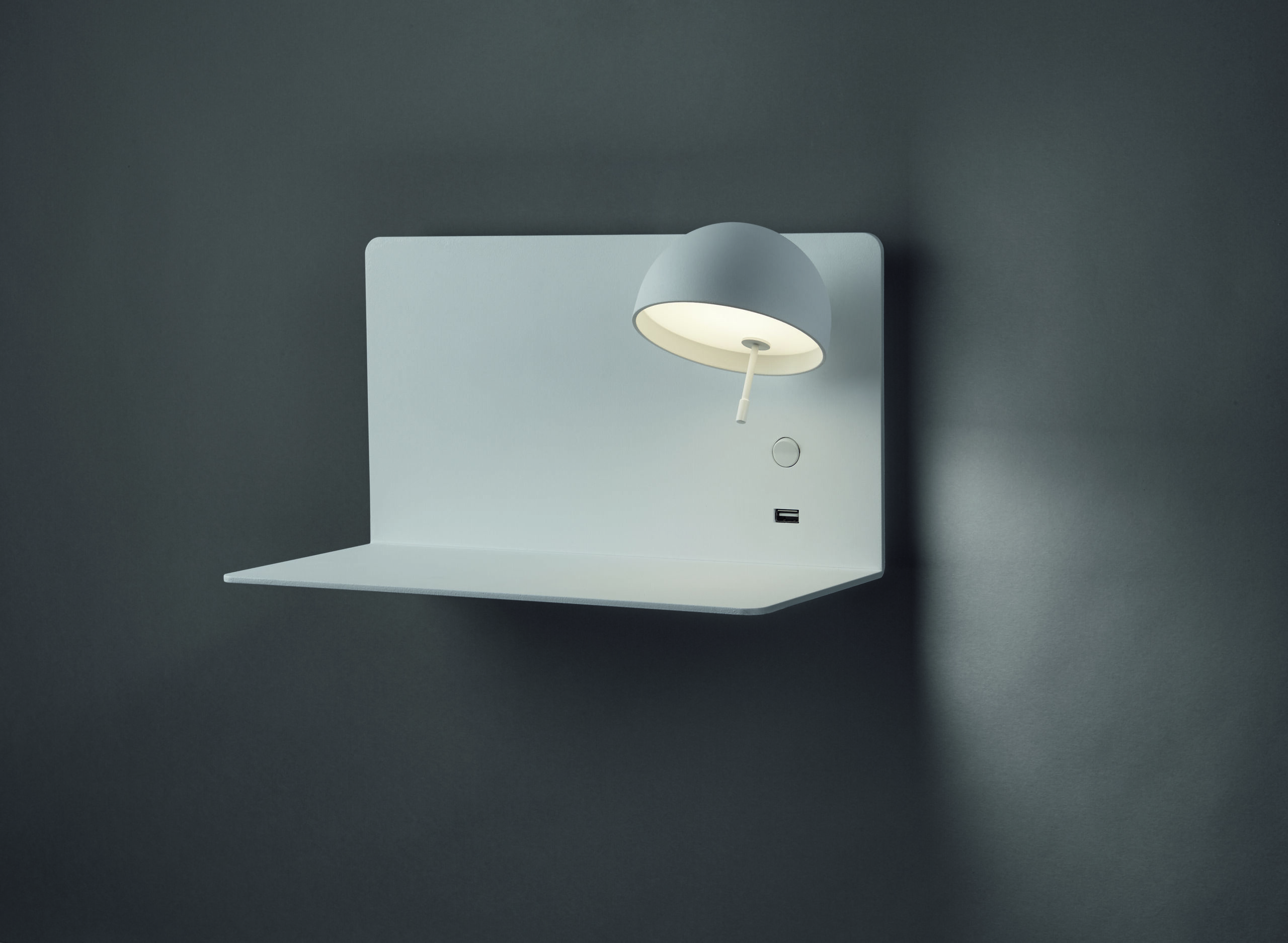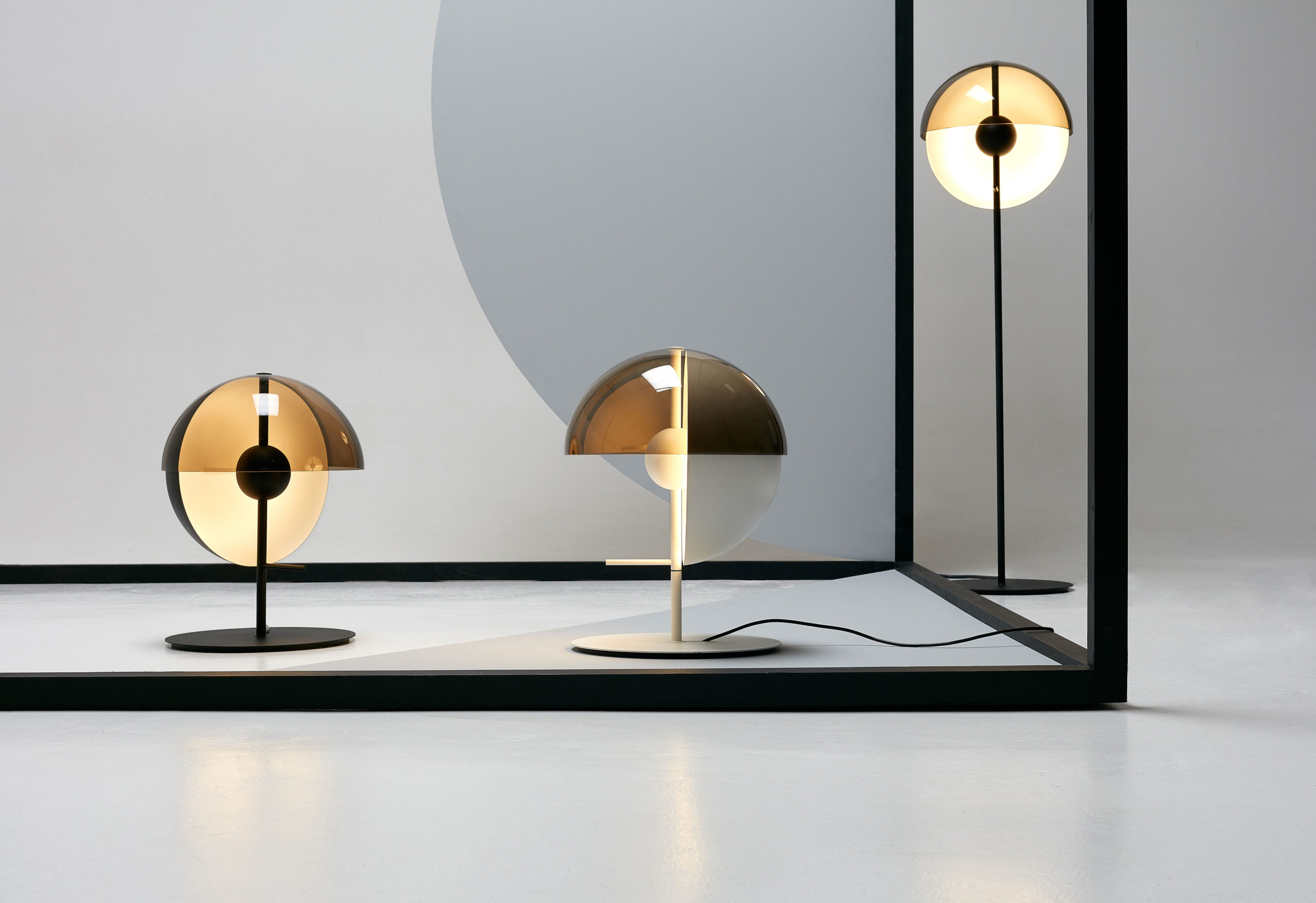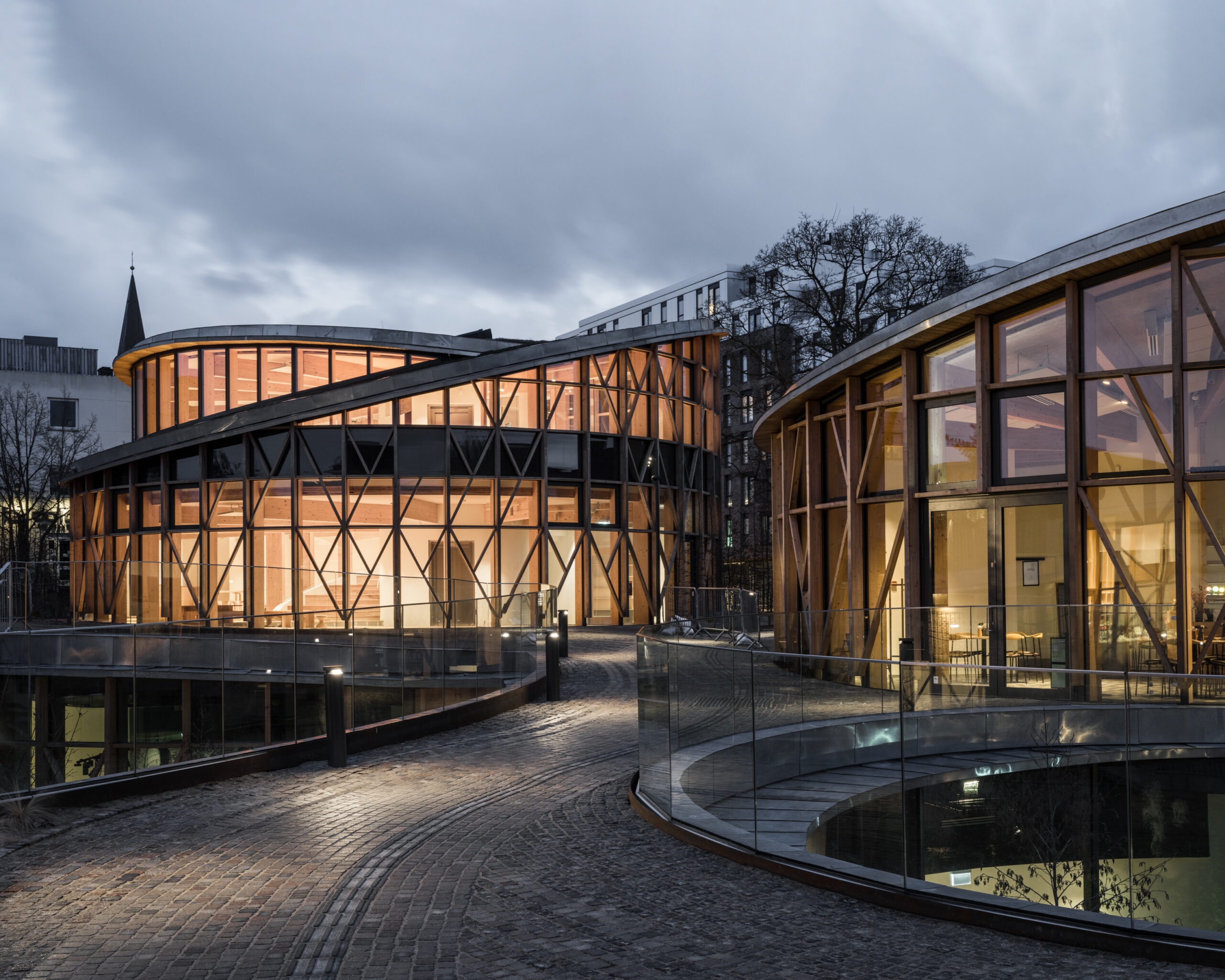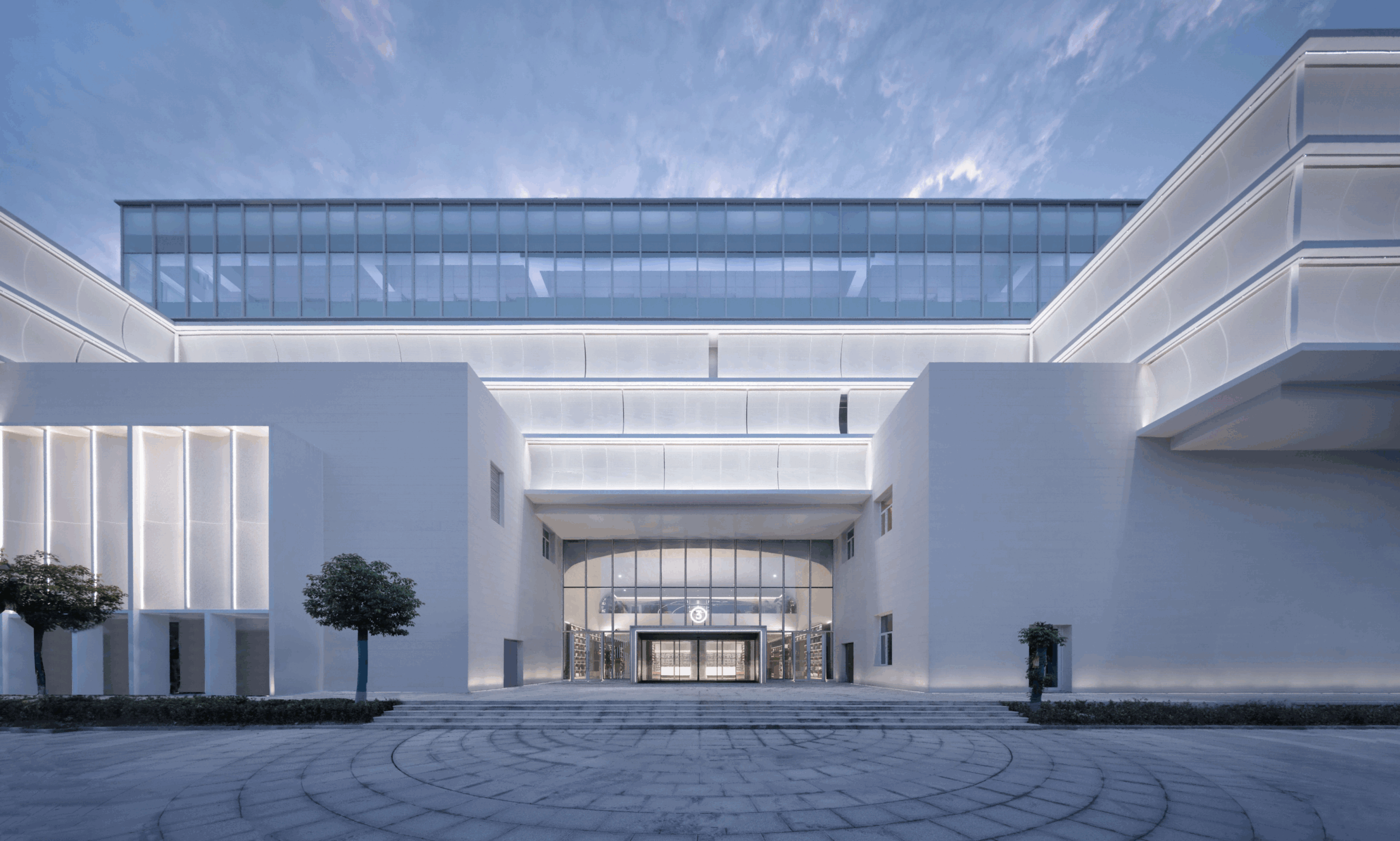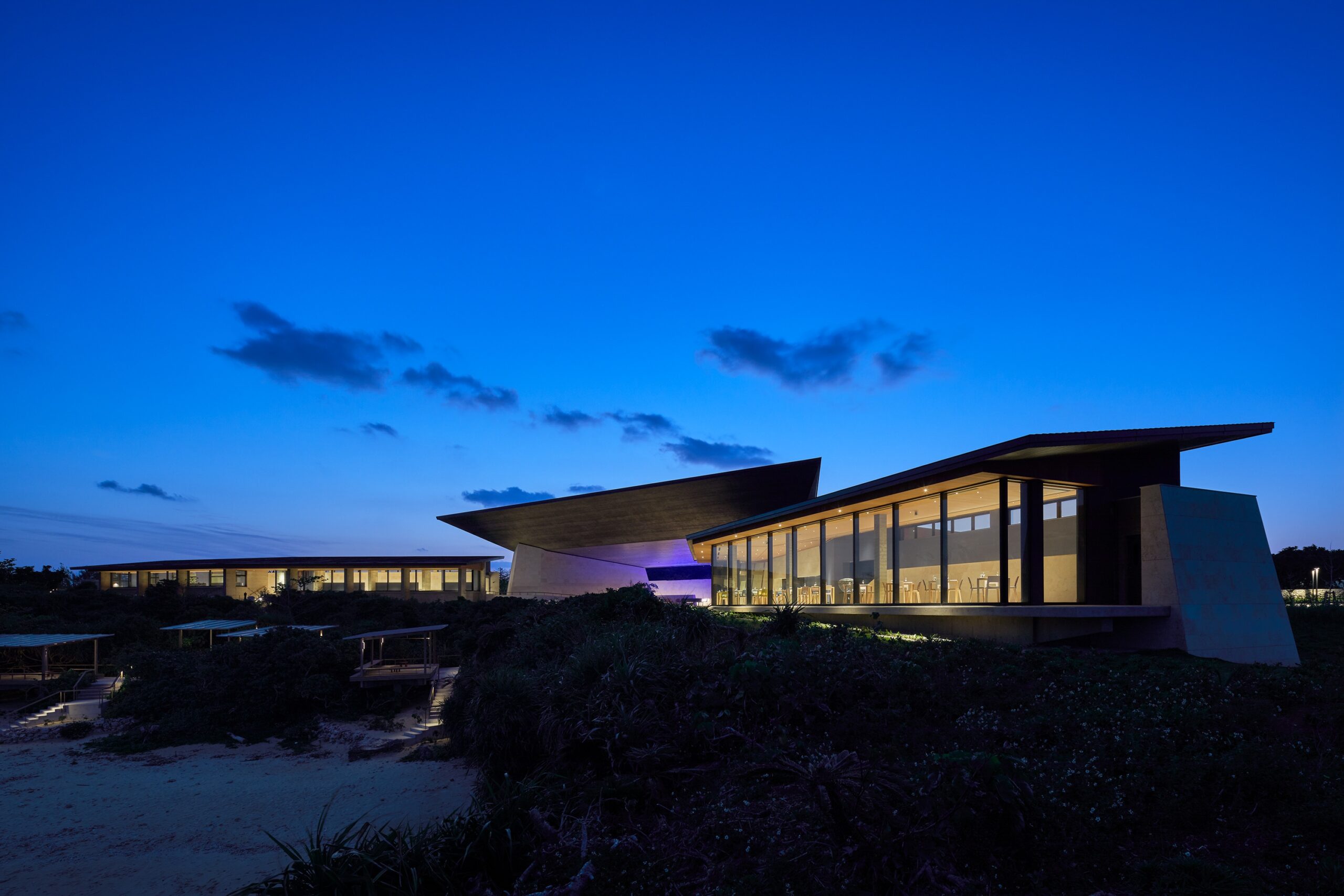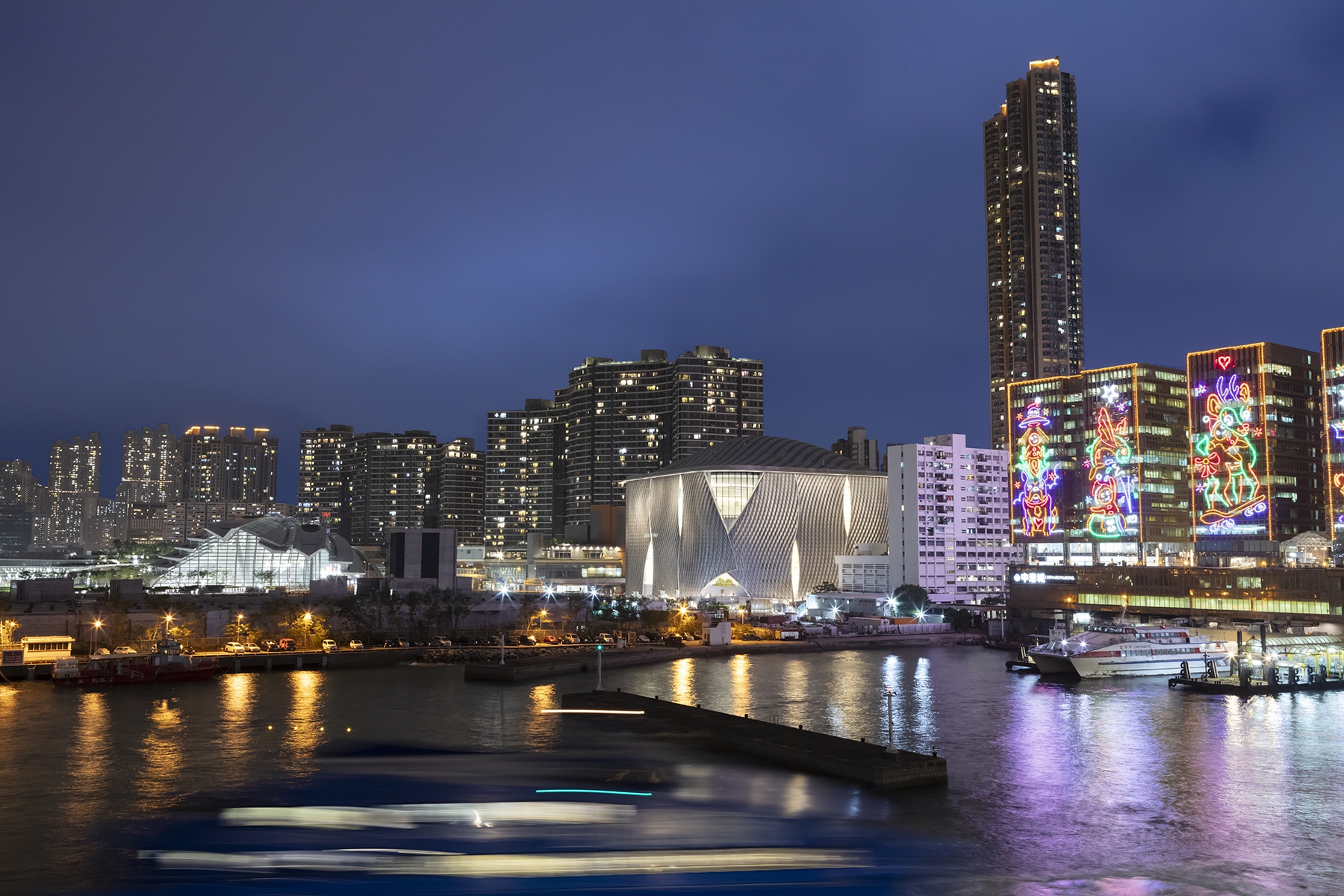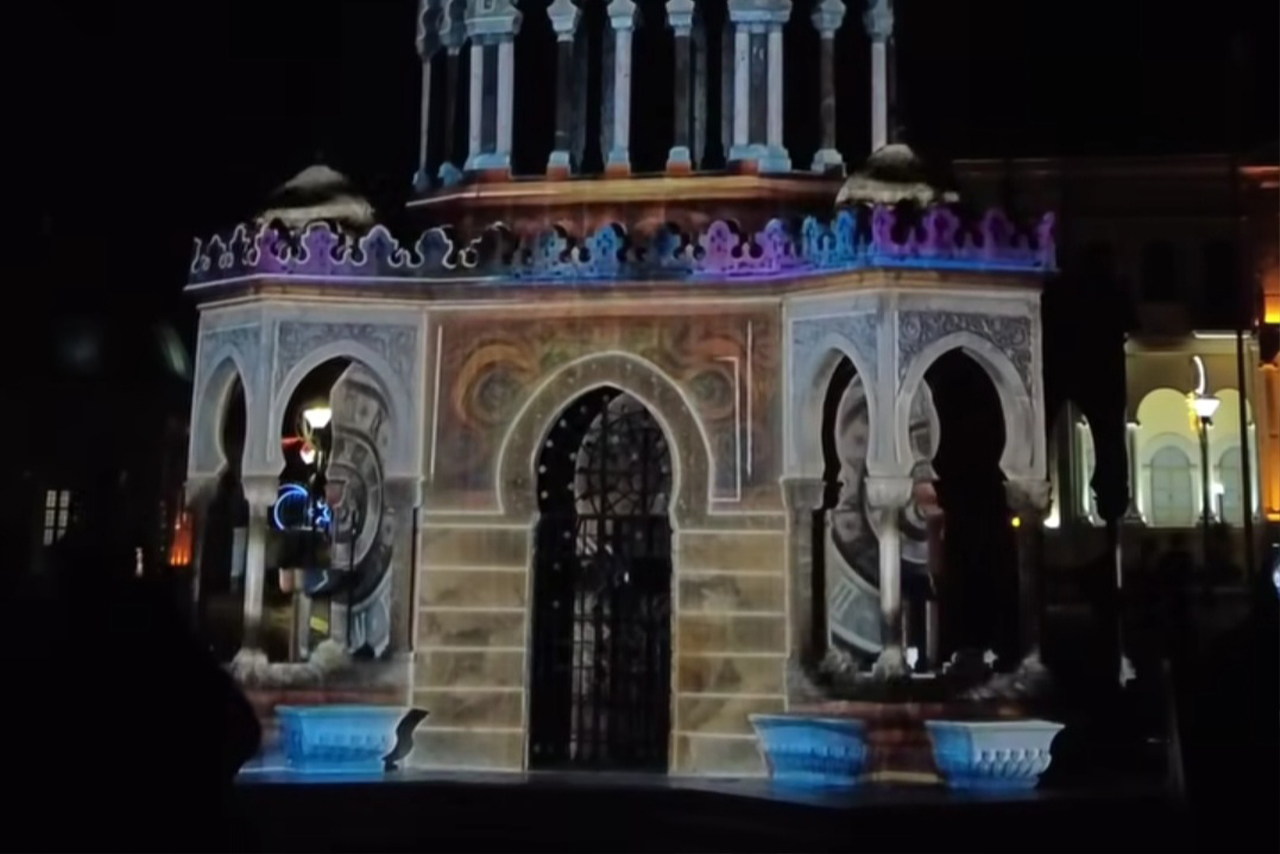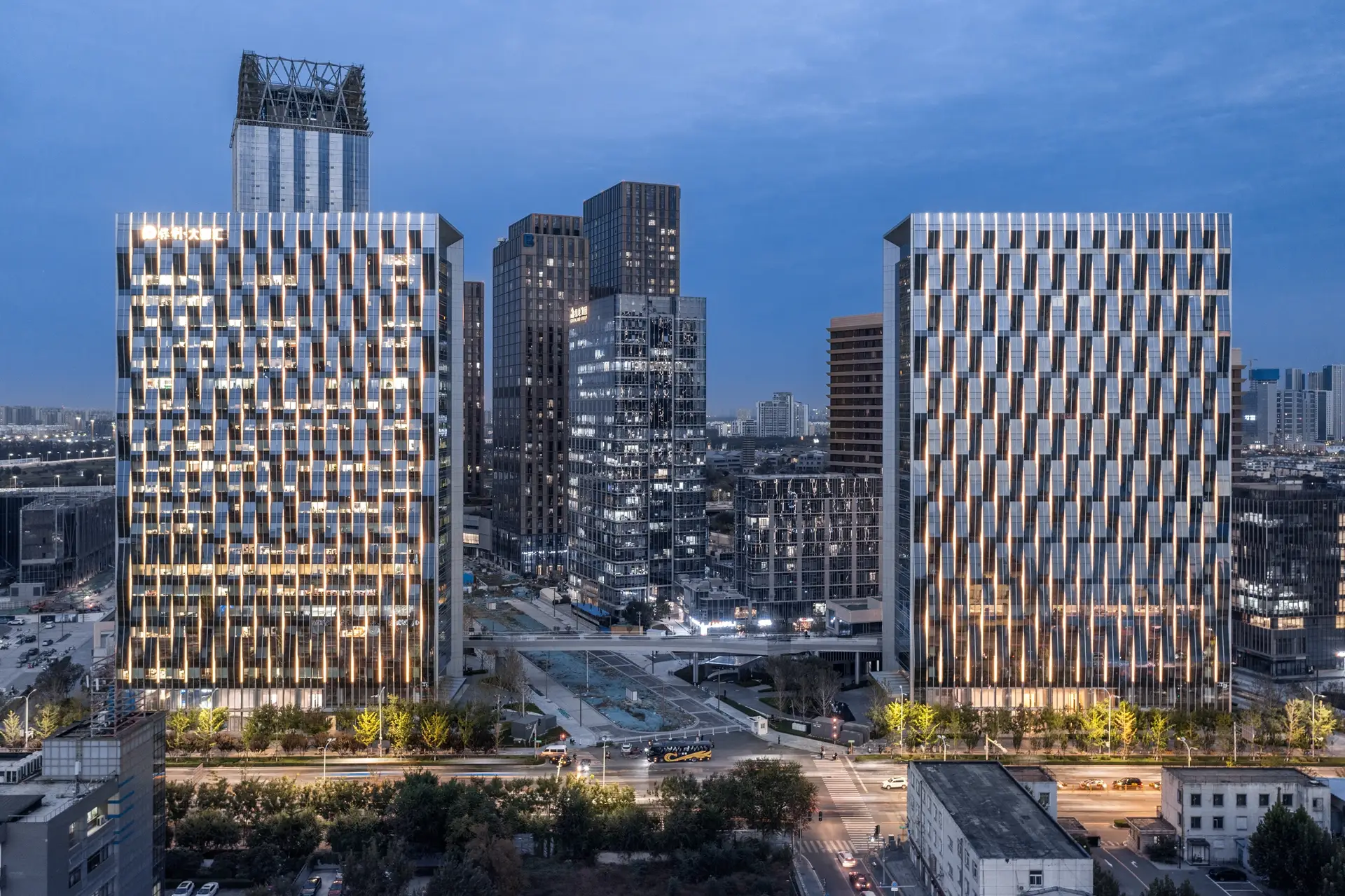The architectural lighting of Trinity Church is a striking fusion of art, advanced lighting techniques, and references to religious concepts that impart a sense of timelessness and spirituality to the space. From an aesthetic perspective, the lights are meticulously concentrated in specific areas, not only highlighting the complex architectural features but also enhancing the sacred and symbolic depth of the space. The warm, inviting light emitted from hidden fixtures evokes a sense of divine and celestial illumination, as if light from the heavens is descending upon the earth. This spiritual connection and elevation are reinforced by focusing light on key elements, such as the altar and stained-glass windows, transforming the architecture into a sacred and spiritual element.
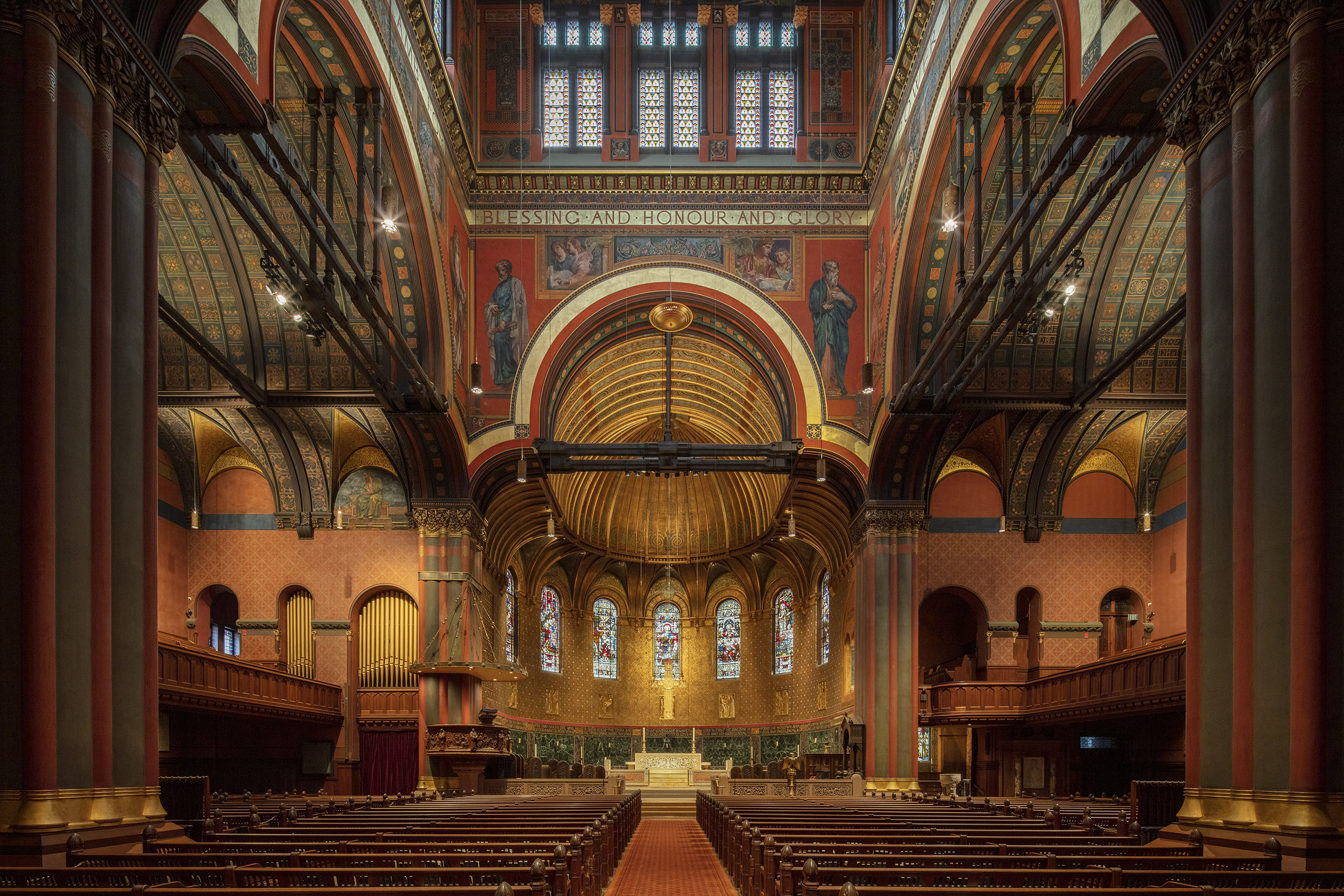
From a functional standpoint, the lighting masterfully fulfills its practical role while also becoming a form of interactive art. The design is such that the precise placement of the lights facilitates the congregation’s participation in religious ceremonies. Upon closer inspection of the lighting arrangement, it’s clear that the light is directed in a way that guides attention toward the altar and key architectural points, without compromising overall illumination. This subtlety and ingenuity in light distribution closely resemble how a painter plays with chiaroscuro to bring out details in their work.
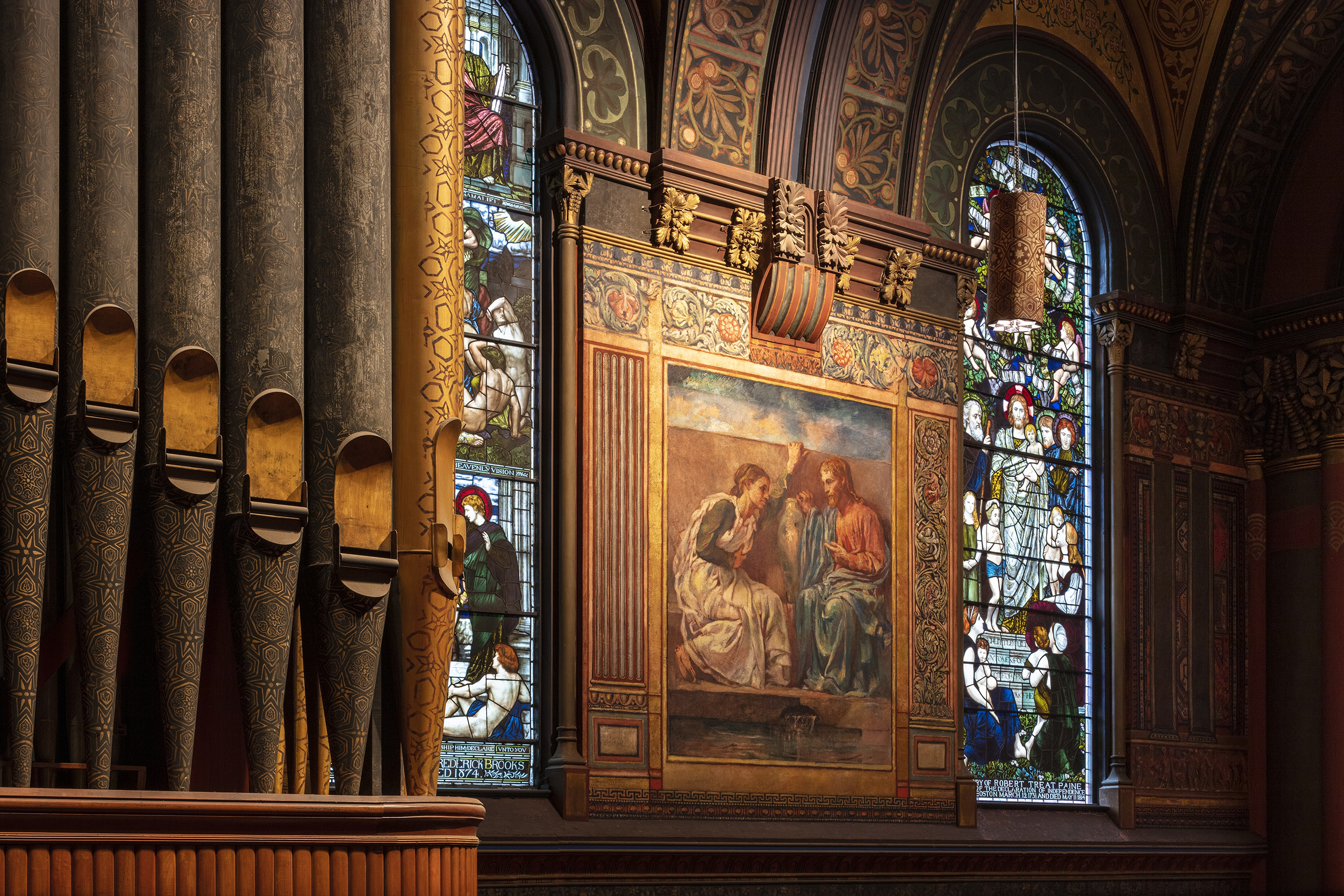 The mechanism of this lighting is both sophisticated and inconspicuous. The lamps and light sources are seamlessly integrated into the architecture, not only avoiding any disruption to the overall form of the church but enhancing it. Like rays of sunlight breaking through clouds to illuminate a landscape, these lights spread naturally and subtly throughout the space. This method of lighting can be likened to a form of “Gestalt lighting,” where the entire system is perceived as a cohesive phenomenon, and each part complements the other. The lighting design in this church is such that every element harmonizes with the rest, creating a sense of unity and flow within the space.
The mechanism of this lighting is both sophisticated and inconspicuous. The lamps and light sources are seamlessly integrated into the architecture, not only avoiding any disruption to the overall form of the church but enhancing it. Like rays of sunlight breaking through clouds to illuminate a landscape, these lights spread naturally and subtly throughout the space. This method of lighting can be likened to a form of “Gestalt lighting,” where the entire system is perceived as a cohesive phenomenon, and each part complements the other. The lighting design in this church is such that every element harmonizes with the rest, creating a sense of unity and flow within the space.
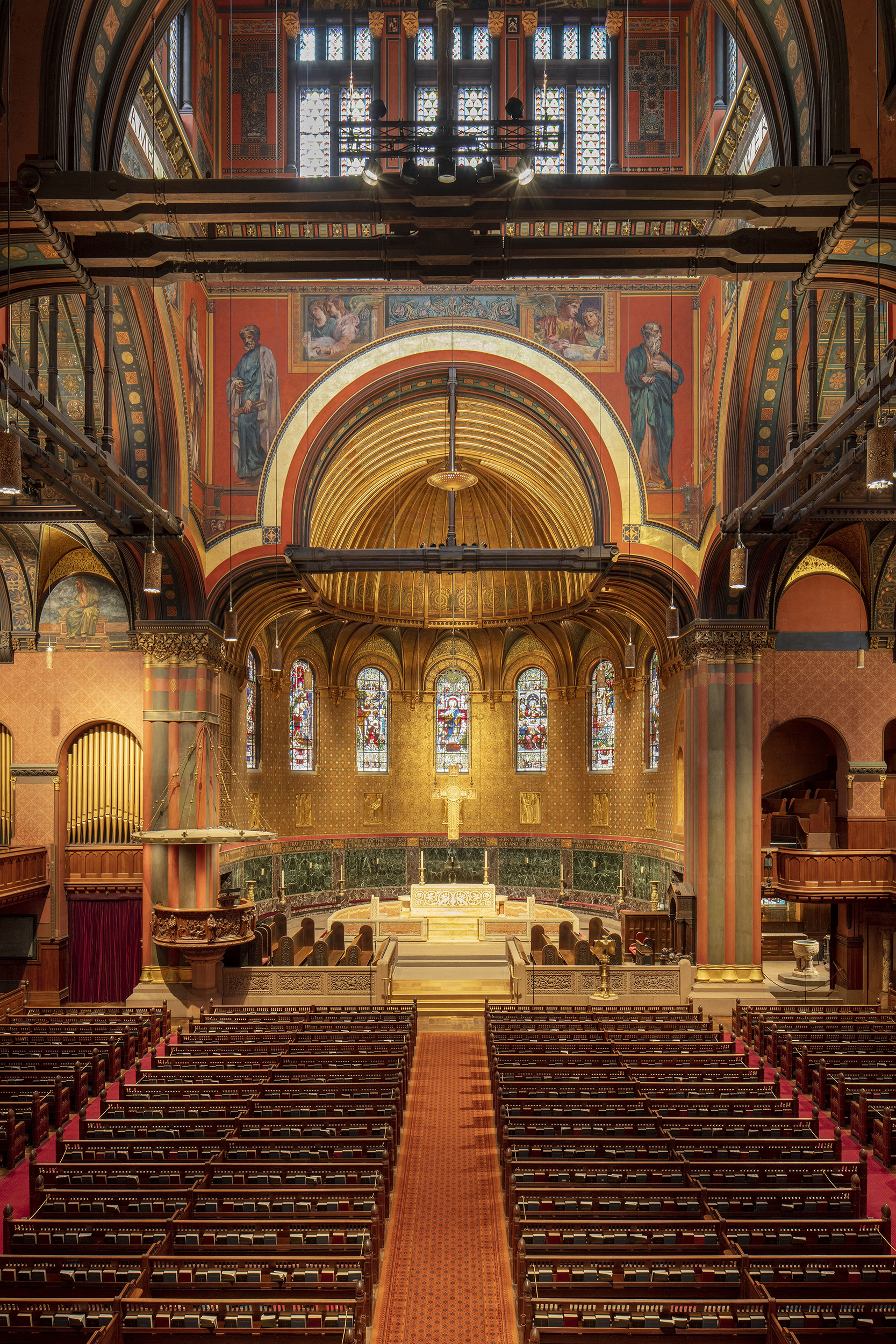
The inspiration for this design is evident, drawing from various sources—both traditional ecclesiastical lighting practices and nature itself. Notably, the focused lights bear a strong resemblance to the way sunlight during sunrise or sunset bathes everything in a warm, ethereal glow. This artistic fusion of nature and architecture has transformed the church into a space where both the sacred and the visual aspects reach their zenith.
Brand : HLB Lighting Design
Designers : Robyn Goldstein, Carrie Hawley, Brandon Thrasher, Andrew Moore, Amy Huan
Photo Credits : Andy Caulfield
Prize : LIT Lighting Design Award
